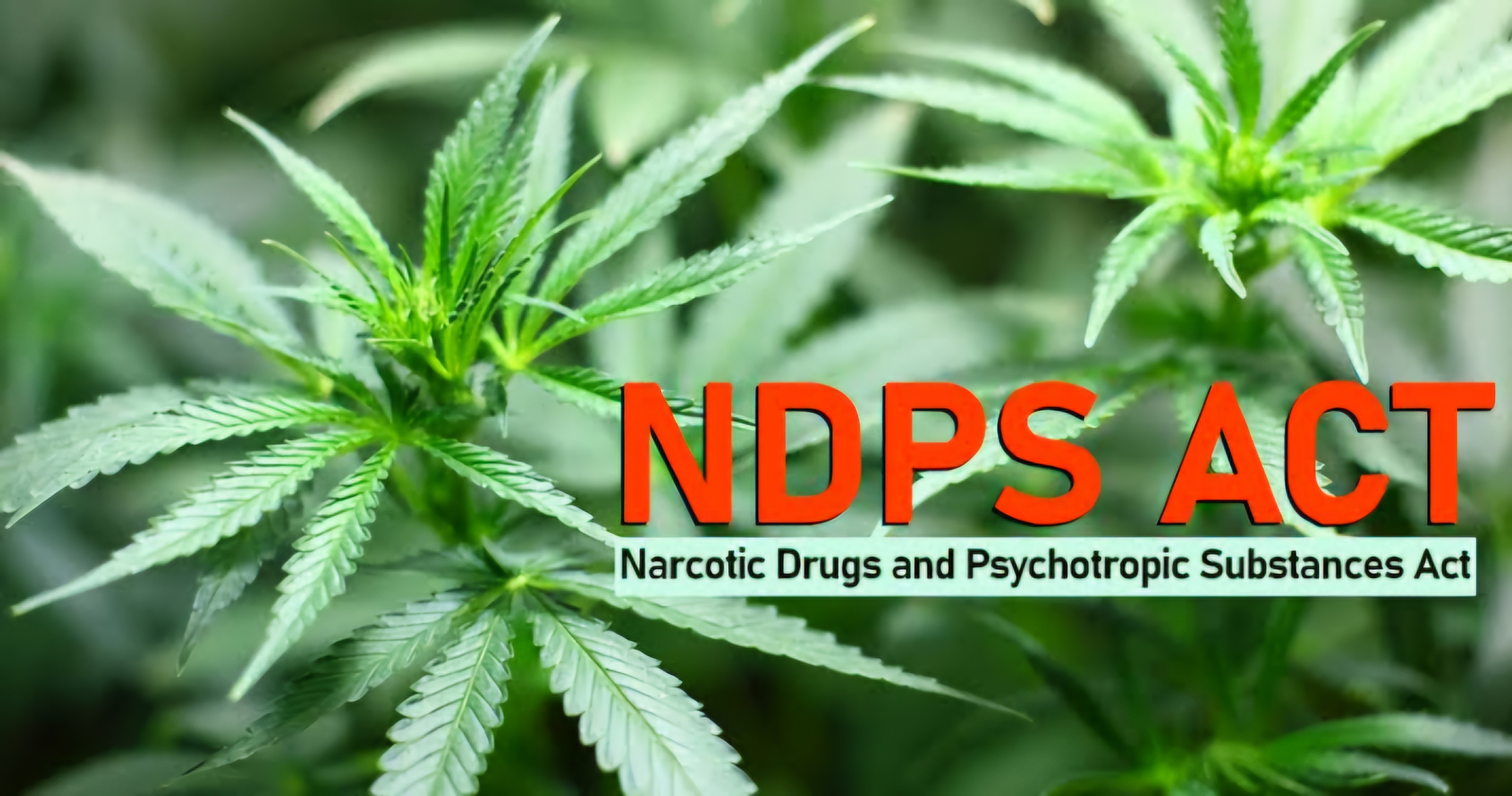


In an important judgement, the Bombay High Court recently clarified the definition of "ganja" in the Narcotic Drugs and Psychotropic Substances (NDPS) Act, 1985, stating that it specifically refers to the flowering tip of the cannabis plant and does not include its seeds or leaves.
This interpretation was expressed in the context of procedures related to the seizure of cannabis related substances.
The NDPS Act, which regulates narcotic drugs in India, defines ganja in section 2(iii)(b) as "the flowering or fruiting terminal part of the cannabis plant (excluding the seeds and leaves if not accompanied by the tips)".
The defence in the case argued that the substance in question included only the seeds and leaves and these were excluded from the ambit of the Act.
The Court reaffirmed in its decision that although it is illegal to possess ganja, the NDPS Act targets the flowering and fruiting tops of the cannabis plant because they are highly concentrated in the psychoactive compound tetrahydrocannabinol (THC). According to the Act, seeds and leaves are not considered drugs until they are combined with these tops.
This judgment sets an important precedent for cases relating to cannabis offences and provides clear guidance as to what constitutes ganja under the NDPS Act.
Click Here to: Download/View Related File
TAGS: Bombay High Court NDPS Act ganja cannabis flowering tops seeds and leaves narcotics THC.